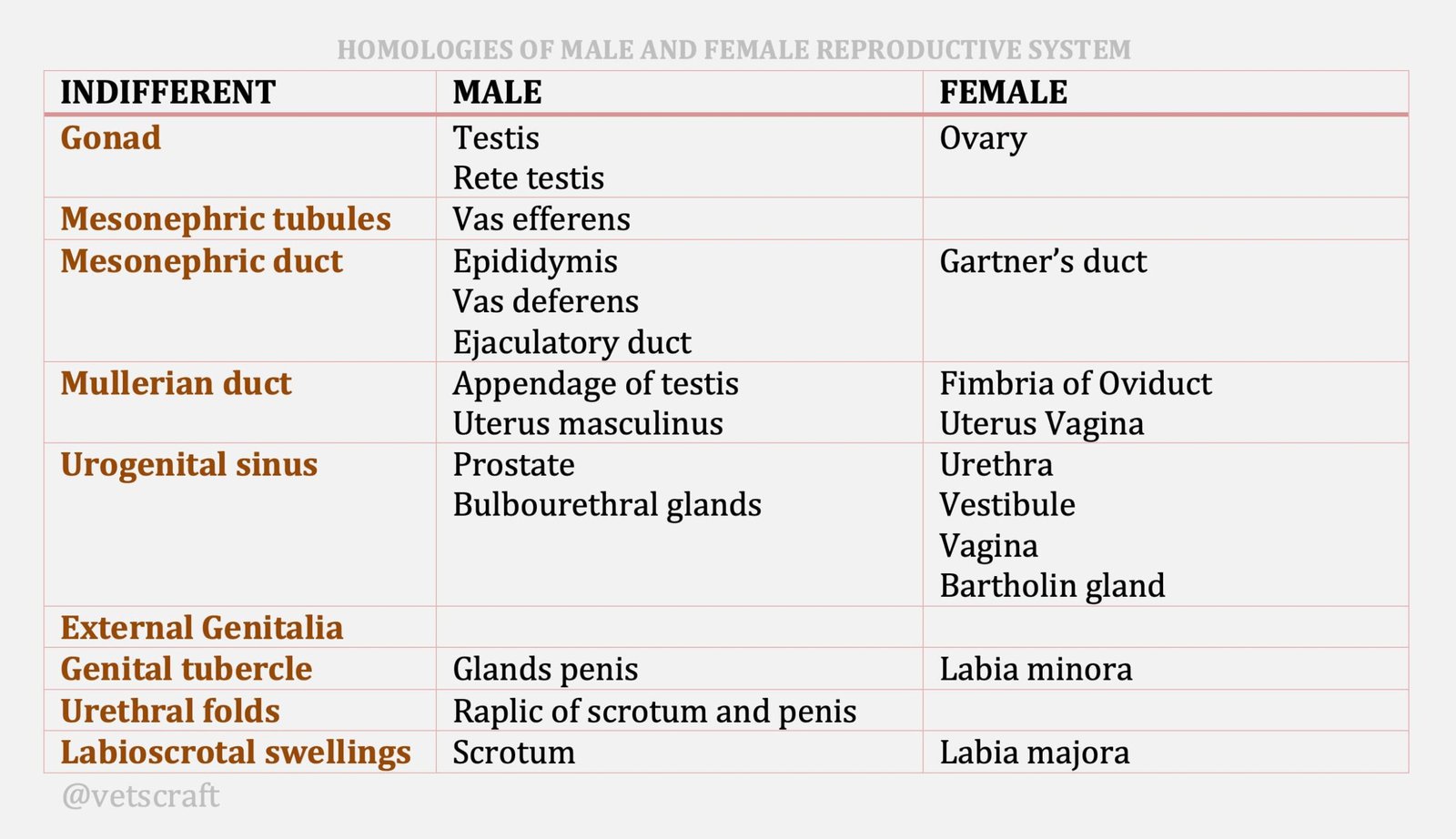TABLE OF CONTENTS
Protozoal Diseases Causing Infertility
Protozoal diseases causing infertility in animals are Trichomoniasis, Neosporosis, Toxoplasmosis, Sarcocystosis, Trypanosomiasis, Leishmaniasis, Cryptosporidiosis, etc.
Protozoal diseases causing infertility are:
- Trichomoniasis
- Neosporosis
- Toxoplasmosis
- Sarcocystosis
- Trypanosomiasis
- Leishmaniasis
- Cryptosporidiosis

Trichomoniasis
Trichomoniasis is a classic venereal disease that is transmitted to cows from asymptomatic carrier bulls during coitus. The causal organism is a flagellate protozoan.
Transmission
- Bulls become infected by serving an infected cow.
- Bulls can remain infected for life, remaining asymptomatic throughout. The organism lives within the crypts and folds of the penile integument.
- Trichomoniasis can also be spread from bull to bull via contaminated artificial vaginas and T. fetus survives cryopreservation quite well.
- Rarely, infection can occur following the use of contaminated instruments such as vaginal specula.
Clinical Signs
- Within the uterus, the organism produces a catarrhal endometritis and vaginitis, with edema of vulva, perivaginal tissue and uterine wall.
- The disease does not prevent fertilization, but causes embryonic death at an early stage of gestation. Typically, embryonic death occurs after the maternal recognition of pregnancy causing an irregularly extended return to estrus, although some animals exhibit normal, or even short, returns to estrus.
- Many pregnancies fail at between 30 and 50 days of gestation.
- development of pyometra, in which the uterus is filled with enormous quantities of trichomonad filled, thinnish pus. Vaginal discharge with pus is common.
- Many cows experience a series of embryonic deaths before they become pregnant and carry the calf to term.
- Some abortions occur between the second and fourth months of gestation, but very few occur after the fourth month. In later-term abortions, trichomonads can be found in the chorion, fetal lung and fetal gut. The fetus is smaller than that appropriate to the period of gestation, due to growth retardation. In such abortion cases, the fetus, which is grey in colour, is generally expelled complete in its membranes.
Diagnosis
Diagnostic Samples
Diagnosis in the female cow is best achieved by demonstrating the presence of trichomonads in uterine pus, vaginal discharges, cervical mucus or abortus material. The best source of material is the fetal membranes or the organs of an aborted fetus.
In the bull, diagnosis is made by the collection of preputial scrapes or preputial washes. Vigorous scraping of the preputial mucosa was needed to diagnose the presence of trichomonads. The bull should be allowed a period 5-10 days of sexual rest before sampling.
Alternatively the presence of the infection in a bull can be demonstrated using a test mating with a virgin heifer. Cervical mucus should be collected 10-20 days later to demonstrate the presence of T. fetus by direct examination or culture.
Demonstration of the Organism
Whatever the source of the material which might contain trichomonads it should be examined as soon as possible after collection. Preputial washings are centrifuged in order to concentrate the organisms.
Various media can be used for culture, including:
- trypticase-yeast extract-maltose.
- diamond‘s medium for this method, an incubation period of up to 9 days is required.
- In-pouch system.
Treatment
- trypaflavine and a protozoacidal agent.
- Iodine-based compounds, acriflavine and imidazoles have all been used.
- sodium iodide at a dosage of 5g/45kg body weight in 500 ml water, by intravenous injection on five occasions at 2-day intervals.
- Imidazoles has been reported as both feasible and effective.
- Dimetridazole can be given orally but has unpleasant side-effects of rumen stasis, inappetance and digestive disorders.
- A new antibiotic, trichostatin, has been found to be effective against T. fetus in vitro and in vivo.
- Cows with pyometra may be induced into estrus with prostaglandin F2a.
- Intrauterine administration of Lugol‘s iodine, antiseptics or acriflavine at regular intervals
- Maybe treatment with imidazoles is occasionally indicated.
Control
- Eliminating bulls and replacing natural service by AI.
- ‘active‘ management of groups of cows and used of bulls.
- treatment and/or vaccination of cows and bulls.
Vaccination
Many attempts have been made to develop a vaccine against T. fetus. Initial work used killed trichomonads in a mineral oil adjuvant which helped eliminate infection from bulls. However, most development has been based upon fragmented cells or isolated membrane fractions, which stimulate a significant antibody response.
Efficacy of trichomonas vaccines is estimated to be, at best, 60%. Hence, as the vaccine does not completely protect, it can only be used as an adjunct to other control or prevention methods.
Neosporosis
Neosporosis is caused by Neospora caninum. It was first discovered as a protozoan parasite which causes encephalomyelitis of dogs. Neosporosis is now recognized as a significant cause of bovine abortion in most of the major cattle-producing regions of the world.
Infected dams can produce calves which are apparently normal, but are congenitally infected or which are born alive with neurologic limb defects.
Abortions due to neosporosis can be sporadic, but abortion storms, in which up to 30% of calves are lost, are also common. Cows can abort in successive pregnancies.
The dog is both the definitive host and an intermediate host for the parasite although oocysts have only been found in the feaces of experimentally infected dogs.
Tachyzoites are also found in bovine placental and neural tissue In some outbreaks, vertical transmission has proved to be the main route by which cattle became infected.
On the other hand, post natal sero conversion is uncommon and abortion storms could originate from previously infected animals which become synchronously immune suppressed by, for example, BVD infection.
Prevention of access by dogs to fetal membranes and abortuses may help reduce horizontal spread, as it may prevention of soiling of feed stores by dog faeces. However, there is little or no epidemiological evidence to show whether such methods are effective.
Immuno-fluorescent antibody and ELISA tests can detect serological responses against N. caninum.
Abortion diagnosis should therefore be made by a combination of serology, with immunohistochemistry and histopathology of aborted fetuses.

